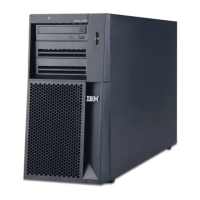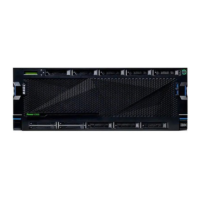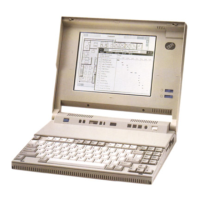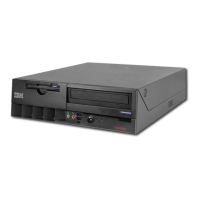command
will
reallocate
it
with
the
DDNAME
"SYSIN."
This
data
set
is
always
OLD;
no
BLOCK
or
SPACE
values
have
to
be
supplied.
The
data
set
name
will
be
formed
from
the
program
name
supplied
by
the
EXEC
command,
followed
by
the
characters
".PLI".
Two
periods
are
necessary
in
the
model
command,
since
the
first
one
indicates
the
following
characters
are
to
be
concatenated
to
the
supplied
value.
Records
3
through
5
similarly
allocate
and
assign
standard
names
to
the
data
sets
to
hold
the
program
listing
and
the
object
program.
Since
these
are
new
data
sets,
the
BLOCK
and
SPACE
values
must
be
supplied.
Records
6
and
7
allocate
the
two
utility,
or
temporary
work,
data
sets
the
compiler
needs.
No
data
set
name
is
specified,
so
a
system-generated
name
will
be
assigned
to
them,
and
the
data
sets
will
automatically
be
deleted
by
a
~'REE
command.
All
the
other
data
sets
will
be
kept
and
cataloged.
To
use
the
same
procedure
again
for
the
same
program,
the
user
should
enter
DELETE
commands
for
SYSIN
and
SYSPRINT.
Record
8
invokes
the
PL/I
(F)
compiler
by
its
load
module
name,
and
passes
to
it
the
list
of
options
to
control
execution.
When
the
compiler
completes
processing,
the
FREE command
in
record
9
releases
all
the
data
sets
except
the
object
module.
Figure
14,.3
shows
how
the
procedure
might
be
used
from
the
terminal.
At
1
is
the
EXEC
command
invoking
the
procedure..
The
LIST
keyword
on
the
command
specifies
that
each
command
is
to
be
printed
out
at
the
terminal
as
it
is
executed.
Note
that
the
name
supplied
with
the
EXEC
command
has
been
filled
in
as
part
of
the
data
set
name
field
in
the
ALLOCATE
commands.
'I'he
system
continues
to
list
commands
through
line
8,
then
notifies
the
user
it
is
again
ready
to
accept
commands
from
the
terminal
with
the
READY
message
in
line
9.
The
user
enters
the
LOADGO
command
to
bring
his
compiled
object
program
into
storage
for
execution.
r----------------------------------------------------------------------,
1
exec
plif
'exp'
list
2
ALLOCATE
DA'l'ASET(EXP
.•
PLI)
FILE
(SYSIN)
3
ALLOCATE
DATASET(EXP.LIST)
FlLE(SYSPRINT)
BLOCK(125)
SPACE(300,100)
4
ALLOCATE
DATASET(EXP.OBJ)
FILE(SYSLIN)
BLOCK(80)
SPACE(250,100)
5
ALLOCATE
FILE(SYSUT1)
BLOCK(1024)
SPACE(60,60)
6
ALLOCATE
FILE(SYSUT3)
BLOCK(80)
SPACE(250,lOO)
7
CALL
'SYS1.LINKLIB(IEMAA)'
'LIST,ATR,XREF,STMT,MACRO'
8 FREE
FILECSYSUT1,SYSUT3,SYSIN,SYSPRINT)
9
READY
10
allocate
dataset(*)
file(sysin)
11
READY
12
allocate
dataset(*)
file(sysout)
13
READY
14
loadgo
exp.obj
pl1lib
l
________
-----
________________________________________________________
_
Figure
14.3.
Use
of
a Command
Procedure
If
the
procedure
is
a
member
of
the
command
procedure
library,
the
user
can
use
the
EXEC
command
implicitly,
as
shown
in
Figure
14.4.
When
the
system
does
not
find
"PLIF"
defined
in
the
command
library,
it
looks
for
the
command
procedure
in
the
command
procedure
library.
The
individual
commands
are
not
displayed
at
the
terminal.
When
the
procedure
completes,
the
READY
message
is
displayed,
and
the
user
can
load
his
program
for
execution.
r------
....
-,
Iplif
expl
I
READY
I
L
____
--
__
J
Figure
14.4.
Implicit
use
of
Procedure
Using
and
Writing
"Command
Procedures
85.2
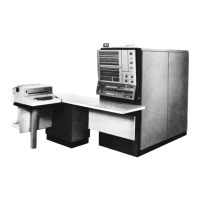
